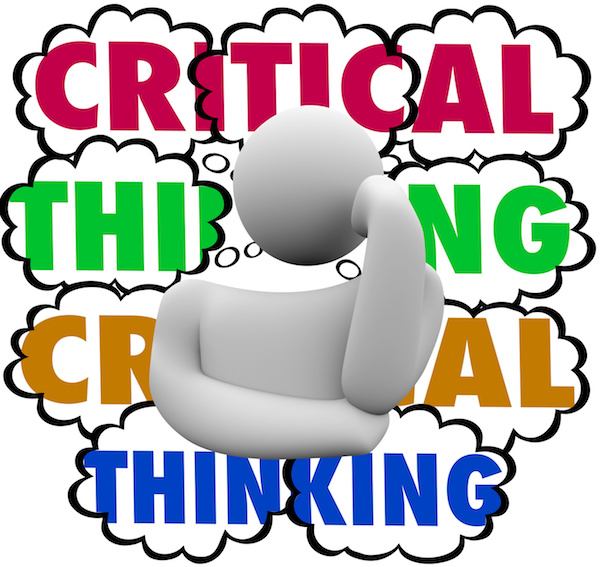Critical Thinking is the technique of analyzing thoughts and presenting them for positive criticism so that the final ideas are feasible and viable. This helps in coming up with clear, reasoned arguments. The principle of critical thinking can be applied to any context, as the concepts are universal in nature, however their application depends on the specialization that you want to apply it to.
In business world, Critical Thinking is defined as a set of policies that are implemented and practiced to prevent any employee from exhibiting deviant behaviors. It helps in addressing any problem at its nascent stage so that it can be prevented from spiraling out of control.
Critical Thinking is defined as the ability of putting forth an open-minded inquiry. It is one of the founding stones of human civilization. A person who lives his life bound by pre-conceived notions and doesn’t allow people to suggest changes is like a frog in a well. Open-mindedness broadens our horizon by allowing us to listen to different points-of-view and learning from each one of them.
What are the benefit on the Critical Thinking technique?;
- It helps to cover all the important points that readers should keep in mind while taking important decisions.
- Primarily for those professionals who are looking for guidance in handling different kinds of co-workers at the workplace.
- This technique will guide you in getting prepared for any adverse situation in the office.
Critical thinking includes identification of prejudice, bias, propaganda, self-deception, distortion, misinformation, etc. Given research in cognitive psychology, some educators believe that schools should focus on teaching their students critical thinking skills and cultivation of intellectual traits.
Critical thinking helps us in recognizing problems and finding out solutions for them. In addition to that, it also teaches us to prioritize between a set of tasks so that we understand the preference in problem-solving. It also helps in comprehending data with accuracy and check for the existence of logical relationships between them. After reaching the conclusion, the theory is then put into application to check the various generalizations that were considered at the time of formulating the conclusion.

